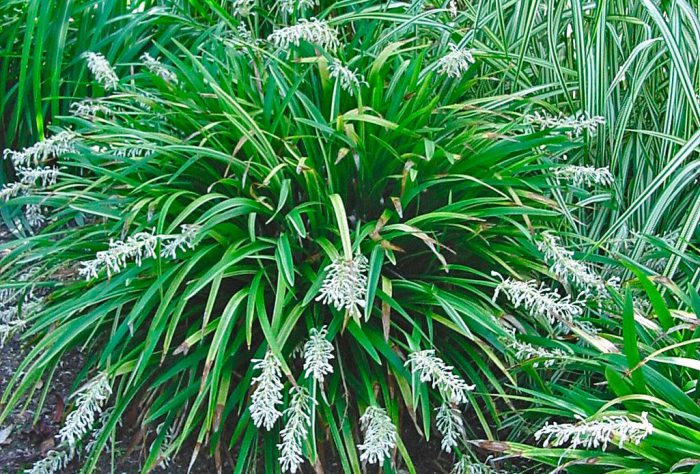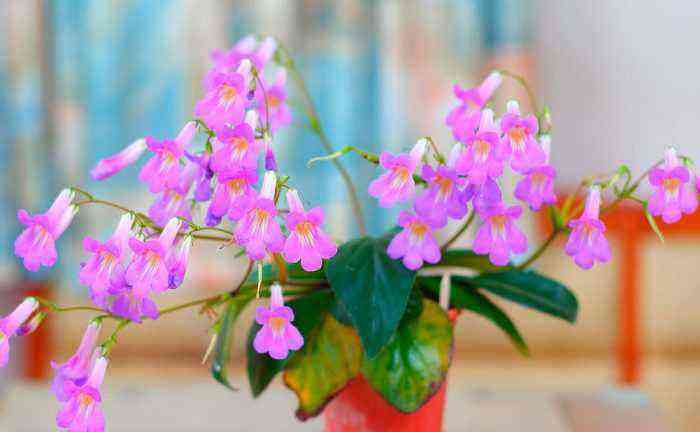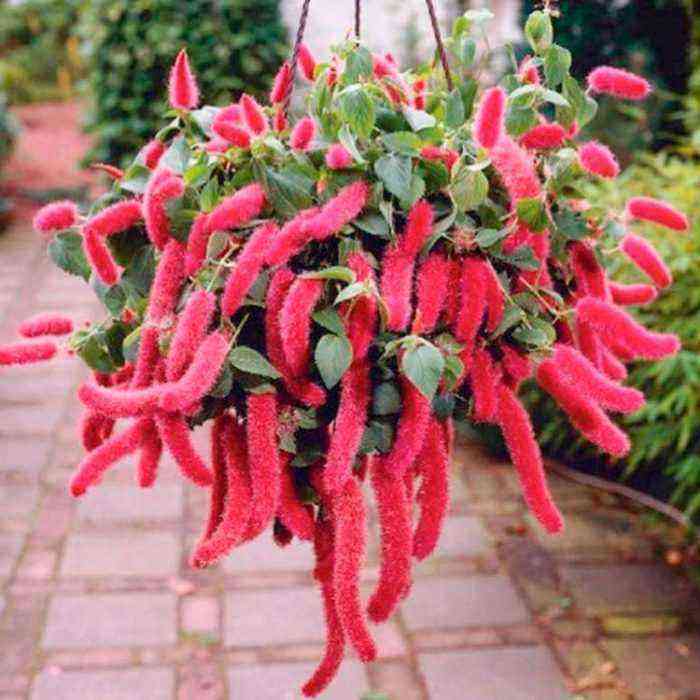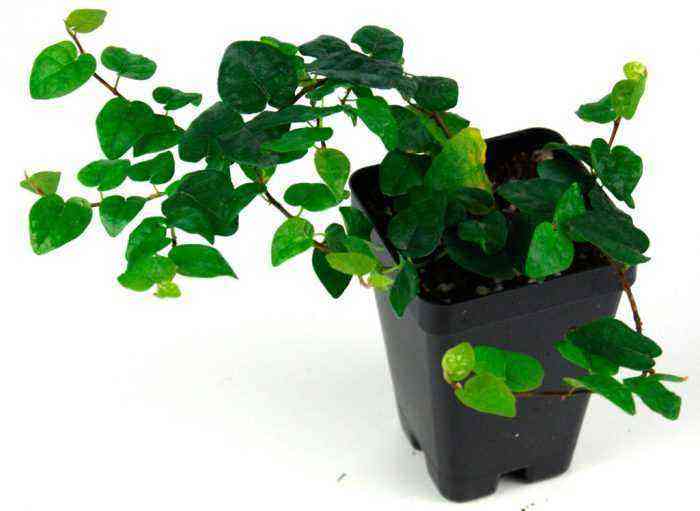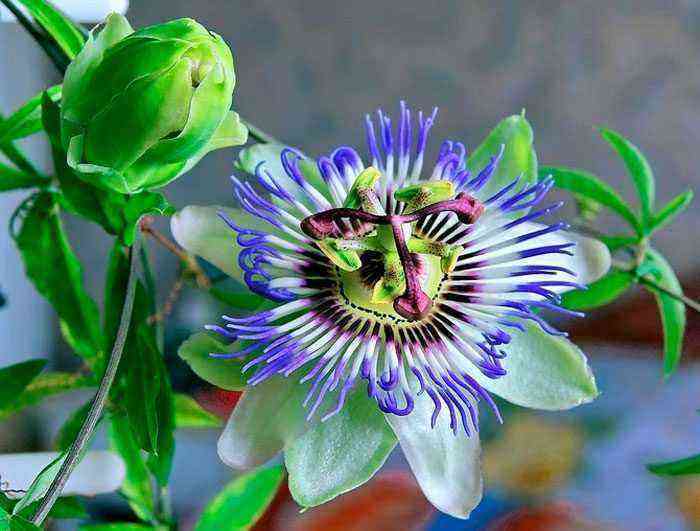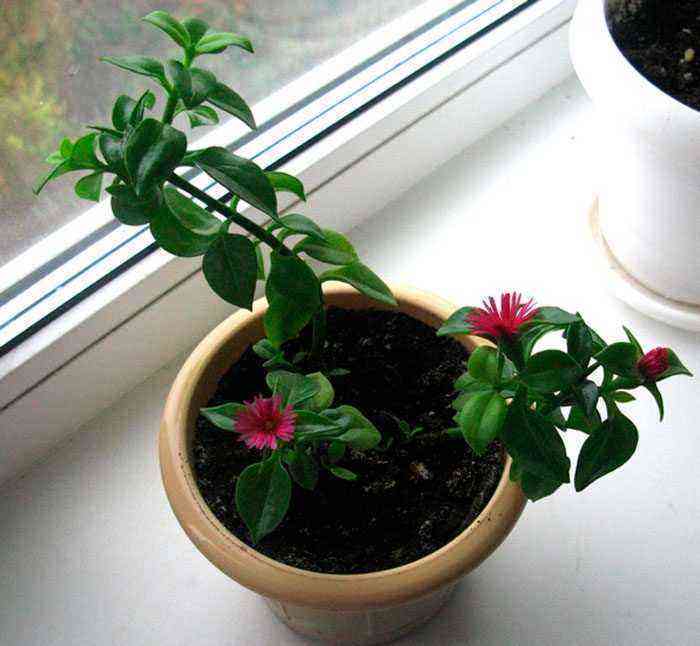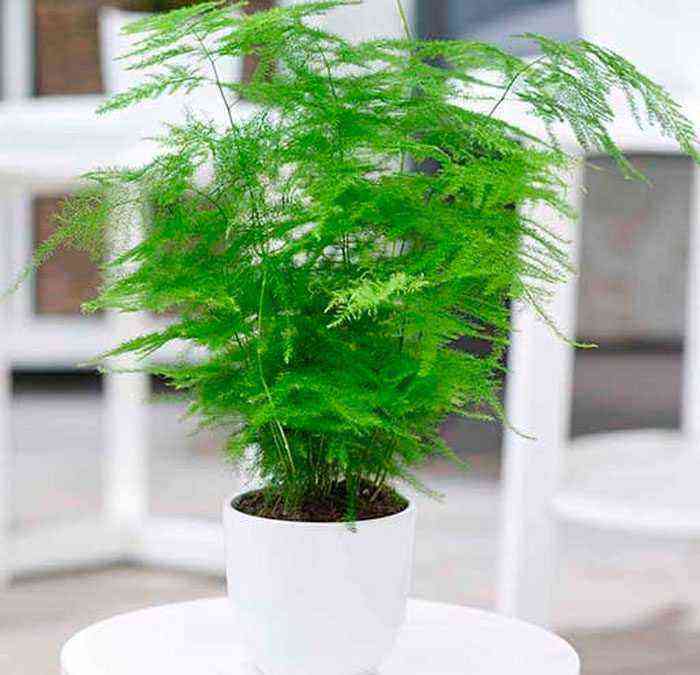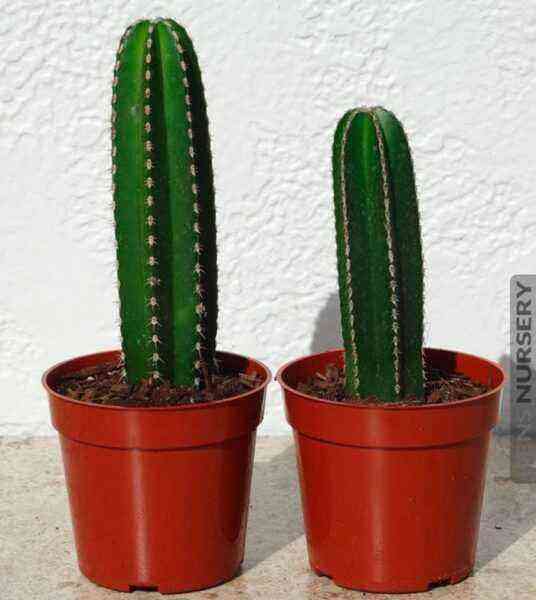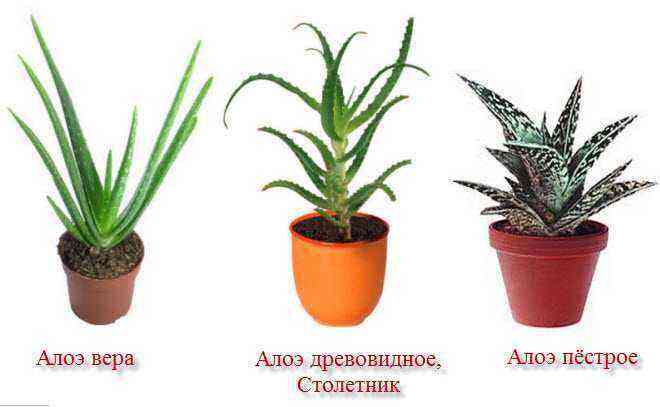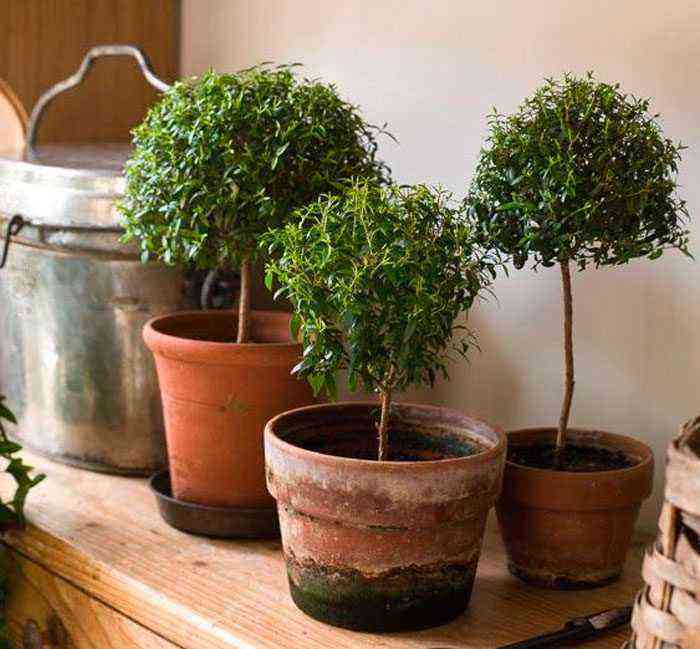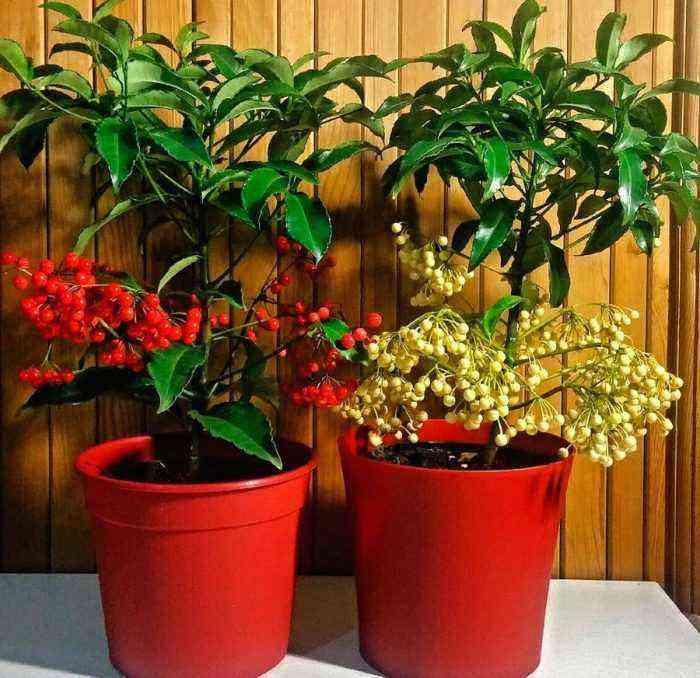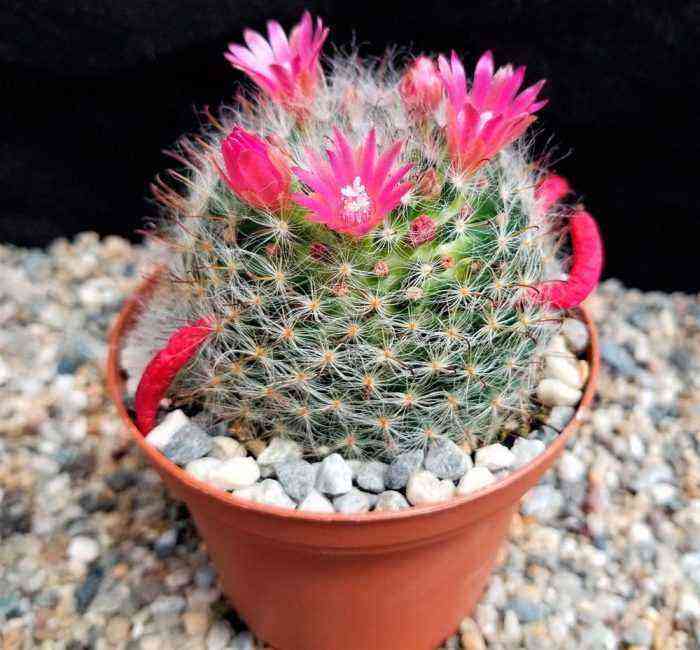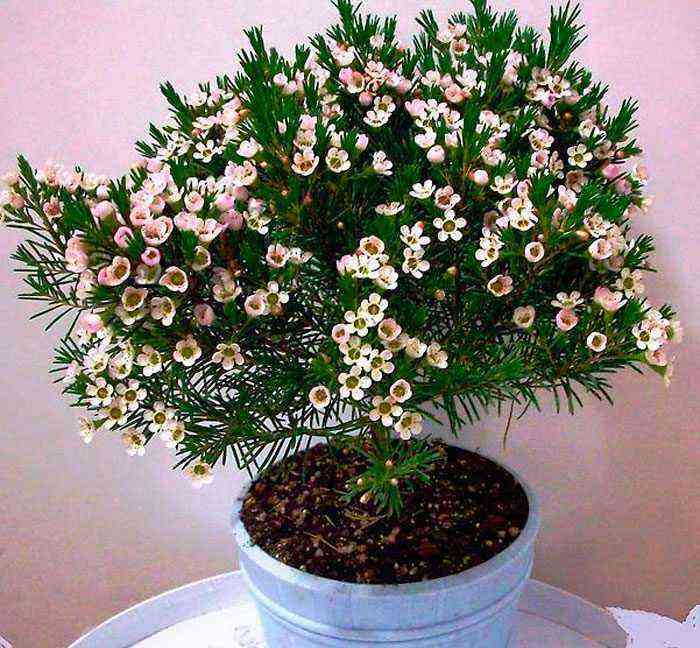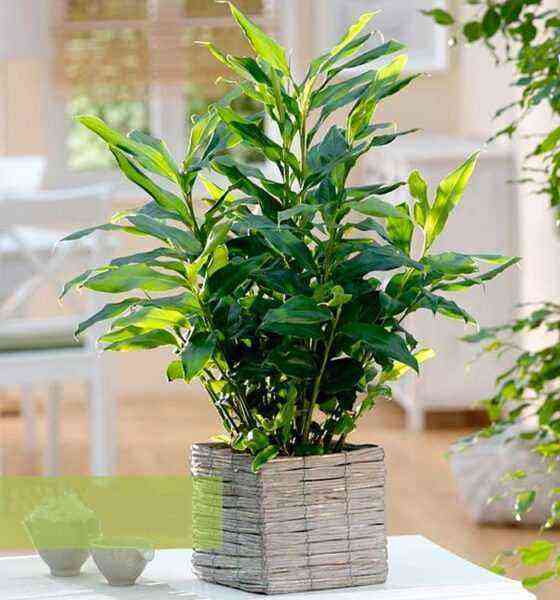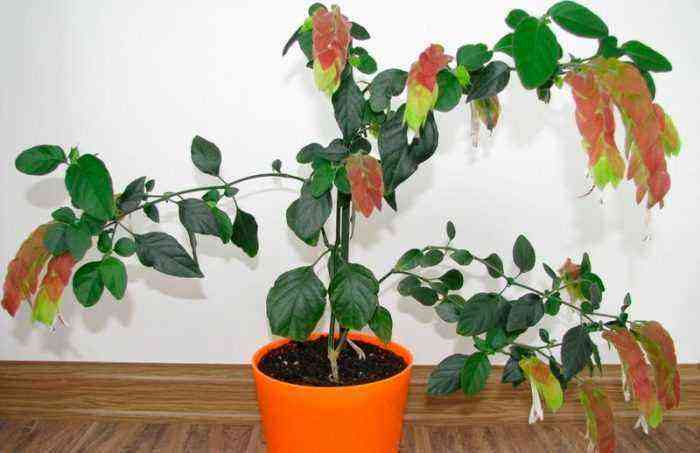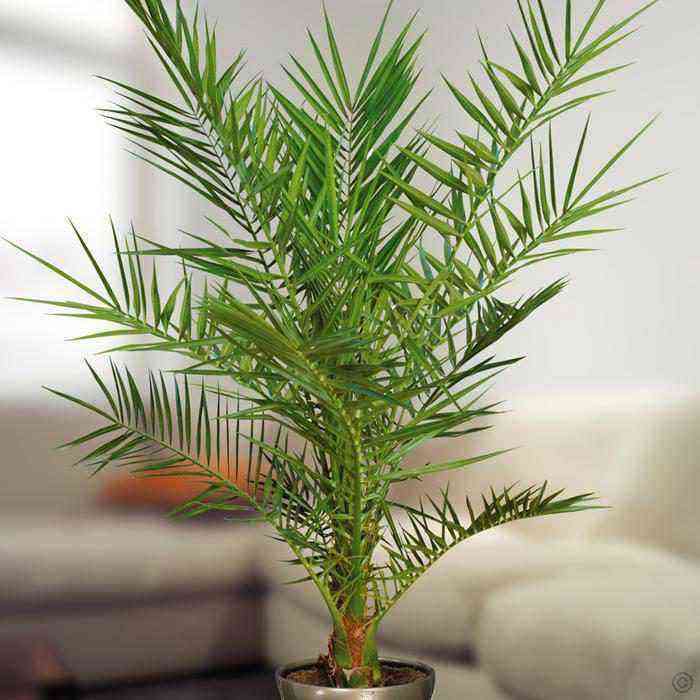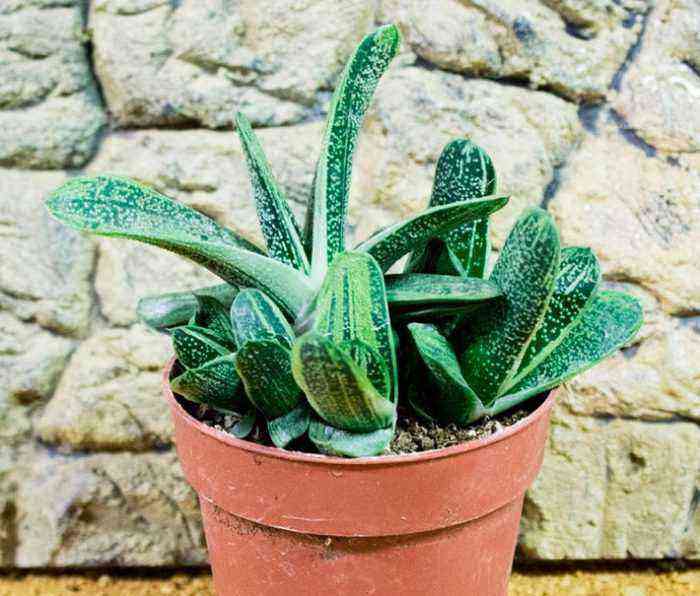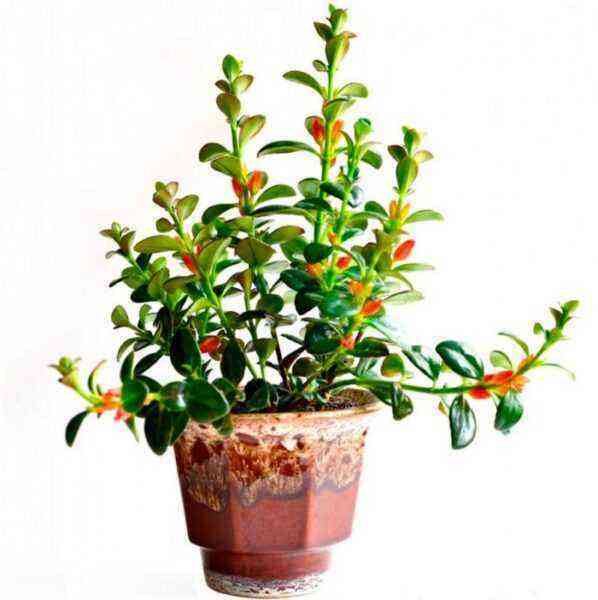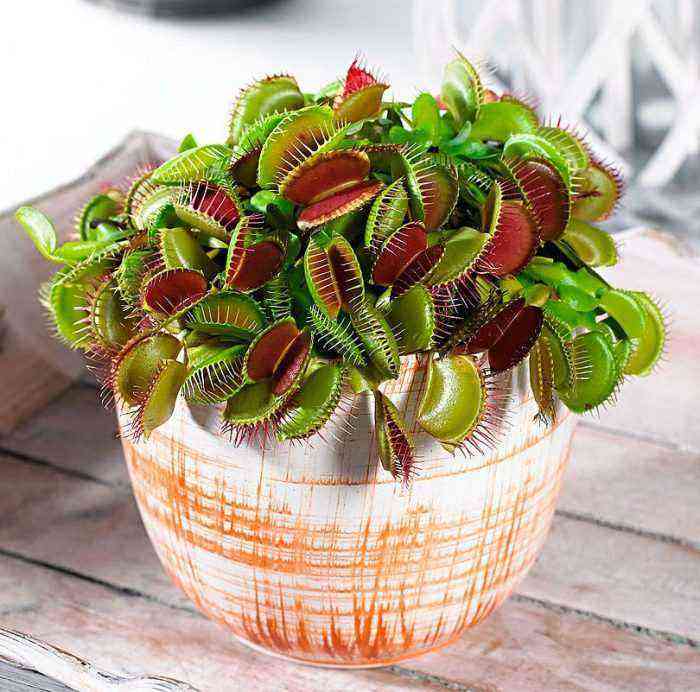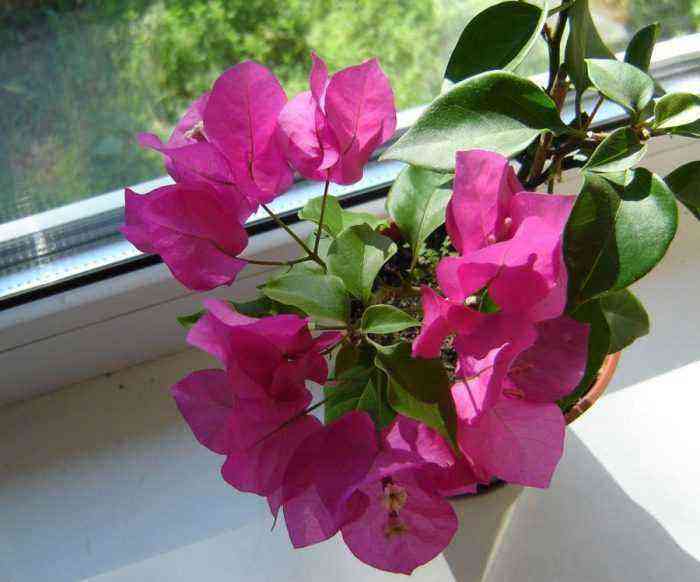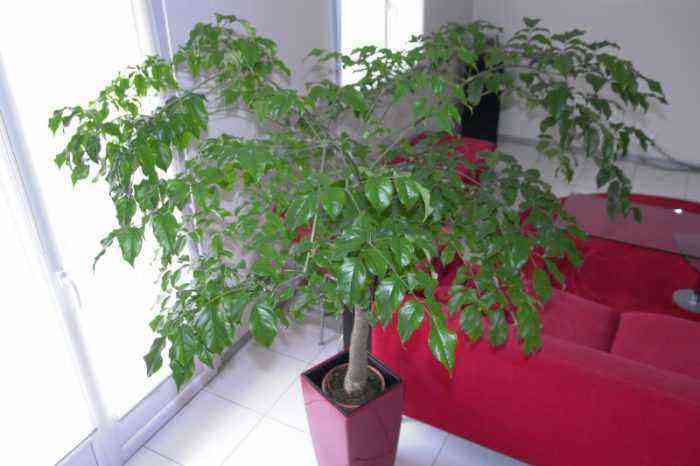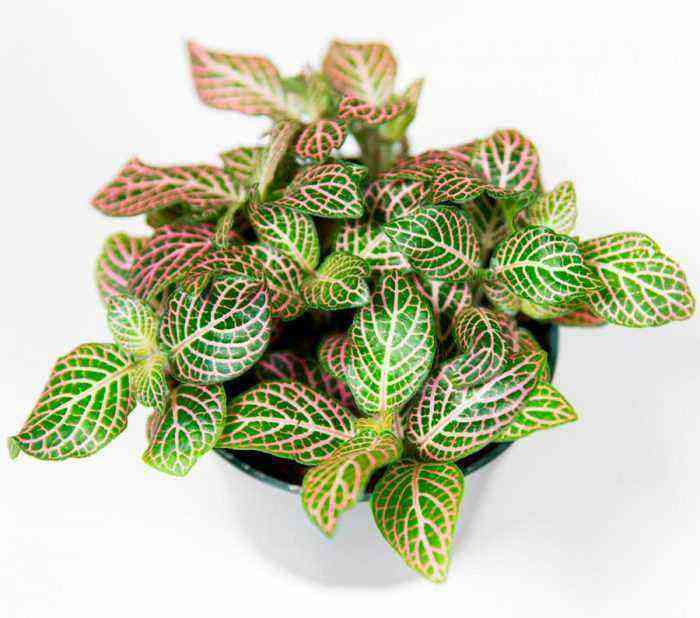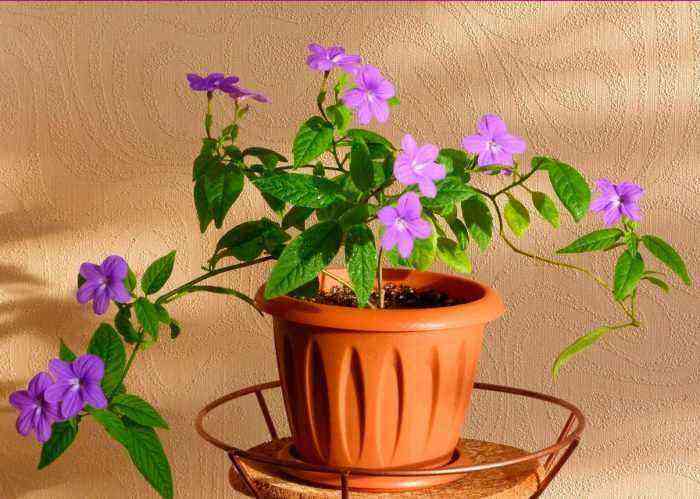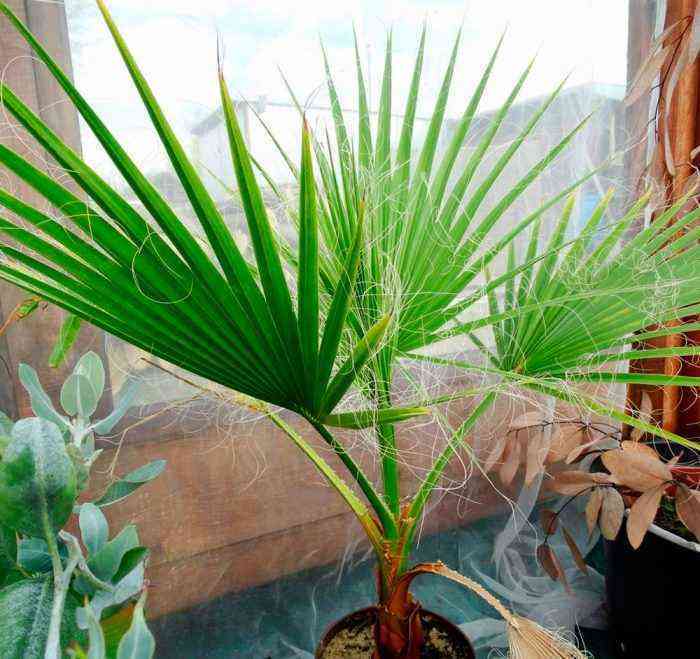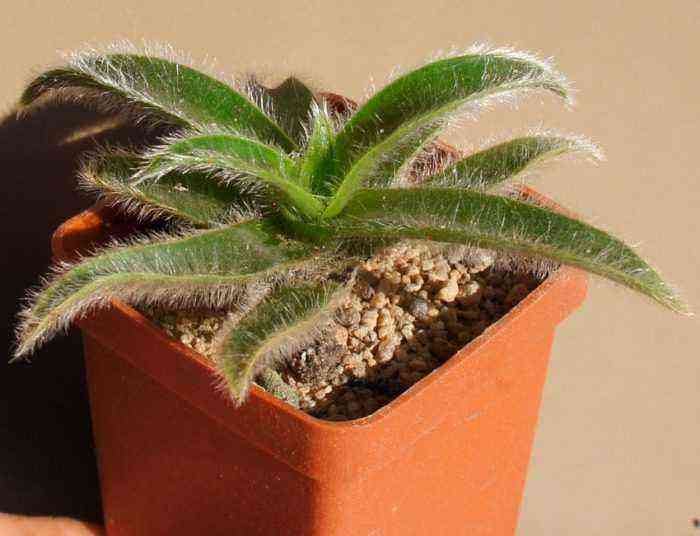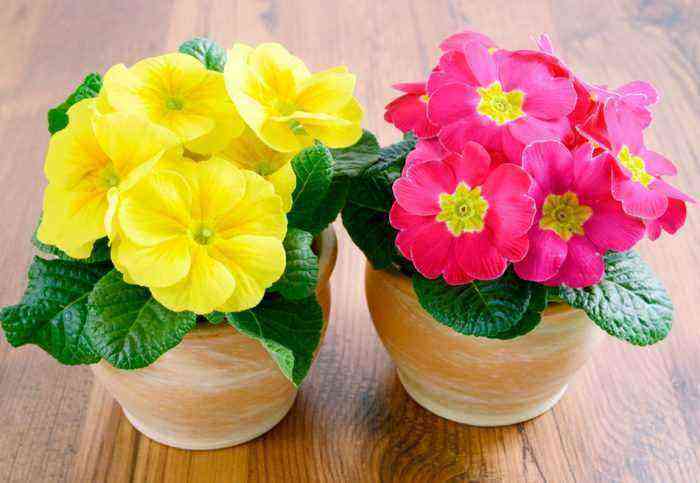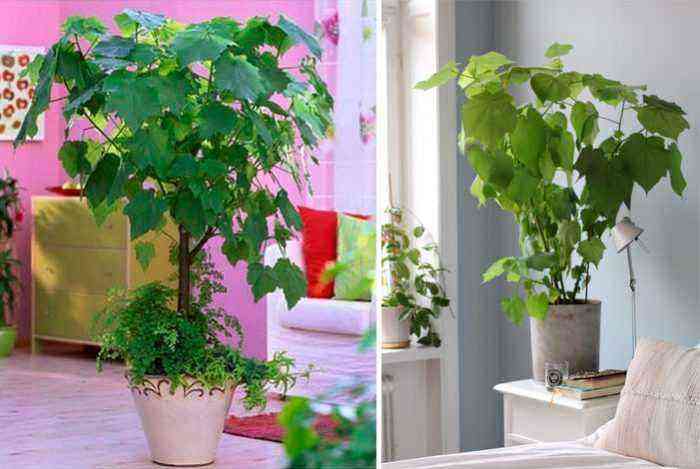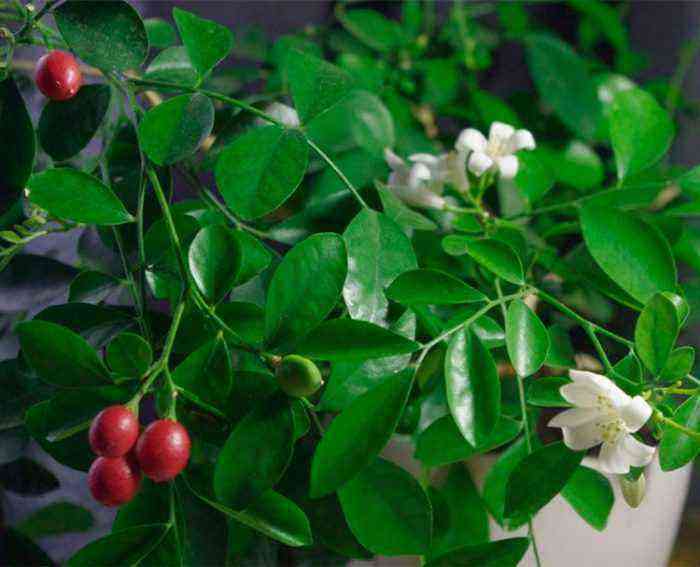Ophiopogon or, as it is also called lily of the valley (Ophiopogon), it is a herbaceous evergreen plant that is directly related to the lily family (Liliaceae). Found naturally in Southeast Asia.
This plant is not very tall and has a thickened short rhizome, which is intertwined with fibrous roots with rhizomes. Basal, linear, thin leaves are collected in bunches, forming a lush turf. The inflorescence is a brush in the form of a spike. The flowers have short stalks, and there are from 3 to 8 of them in a bunch. The perianth from below has grown together, resulting in a short tube. The fruits are presented in the form of blue berries. It has round-shaped berry-like seeds.
Home care ofiopogon
Illumination
This plant feels quite well both in a place with a lot of light and in a shaded one. It can also grow in direct sunlight on a windowsill. And also ophiopogon can be placed in the back of the room.
Temperature conditions
In the spring-summer period it needs warmth (from 20 to 25 degrees), in winter it needs to be moved to a cool place (from 5 to 10 degrees).
Humidity
Prefers high humidity. Frequent spraying is recommended, especially if the plant is warm during the winter.
How to water
Watering should be such that the substrate is constantly damp, but not wet. So, in warm weather, it should be abundant, but you should not overmoisten the soil. In winter, they water much less, especially if the wintering is cold, but at the same time, make sure that the substrate does not dry out completely.
Additional fertilizing
You need to fertilize this plant only in the warm season 1 or 2 times a month. For this, organic and mineral fertilizers are used. In the autumn-winter period, fertilizers are not applied to the soil.
Transplant Features
The transplant is carried out in the spring. While young ophiopogon is transplanted once a year, an adult plant is transplanted once every 1 or 1 years. The soil must be loose. To do this, combine sod and leafy land with sand, taken in equal shares.
 Methods of reproduction
Methods of reproduction
The fastest and easiest way to propagate this plant is by division. To do this, the overgrown bush should be divided into parts with a sharp knife. Each section should have roots and several shoots. They are planted in different pots.
Seeds are sown in spring. For this, use loose soil. It requires warmth for germination.
Pests and diseases
Virtually not susceptible to diseases and pests.
Basic views
Ophiopogon jaburan
This herbaceous perennial plant is rhizome. In height, it can reach from 10 to 80 centimeters. A dense leaf rosette consists of long narrow leaves. Leathery, ribbon-like leaves have a blunt end, they are basal and can reach 80 centimeters in length and 1 centimeter in width. There is a torn straight peduncle. The racemose inflorescence can be up to 15 centimeters long. Small light lilac or whitish flowers are very similar in appearance to lily of the valley inflorescences. The fruits are presented in the form of purple-blue berries.
There are many varieties that differ in the color of the foliage and flowers:
- “Variegatum” – this variety has wide and narrow stripes of white-silver color on the foliage.
- “Aureivariegatum” – very long leaves with a wide yellowish border.
Japanese ophiopogon (Ophiopogon japonicus)
This herb is a perennial and has a rhizome, which consists of short nodes with fibrous roots. The upward-directed leaves are hard and narrow. The peduncle is shorter than the leaves. The loose inflorescence is 5 to 7 centimeters long. Bunches consisting of 2 or 3 flowers, small, drooping. They have a bright lilac or pink color. The fruits are presented in the form of black and blue berries.
Ophiopogon planiscapus
This rhizomatous bushy plant is a perennial. Curved belt-like leaves of this type are wider than others. They are painted in a very dark green color, which looks more like black, and reach 10–35 centimeters in length. Drooping peduncles have racemose inflorescences. The bell-shaped flowers of a rather large size are pink or white in color. Fleshy fruits are presented in the form of spherical black and blue berries. The plant bears fruit quite abundantly.
This species has a very interesting variety called “Nigrescens”. Its leaves are colored dark green, almost black, and have a spectacular purple tint. The flowers are whitish-cream. Absolutely black fruits.
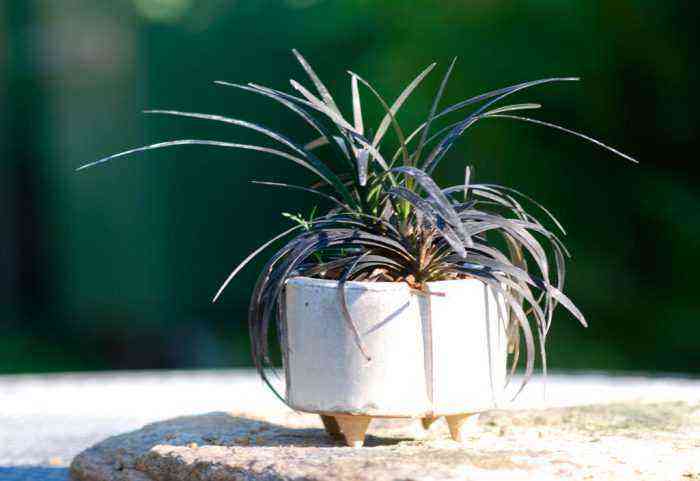
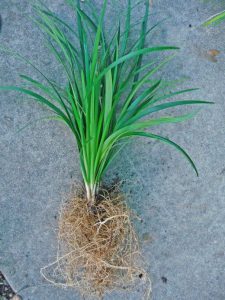 Methods of reproduction
Methods of reproduction